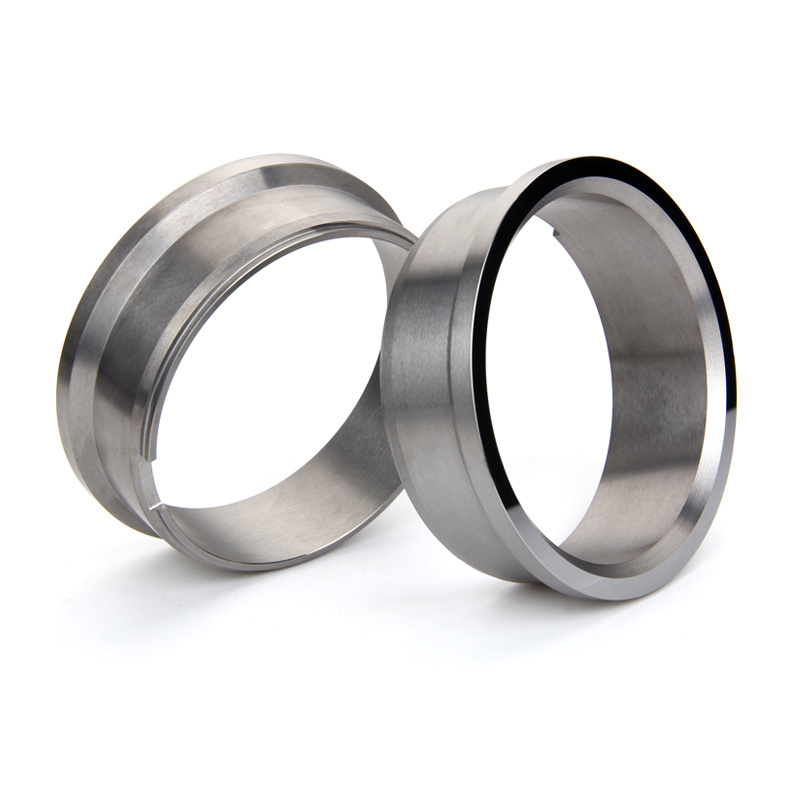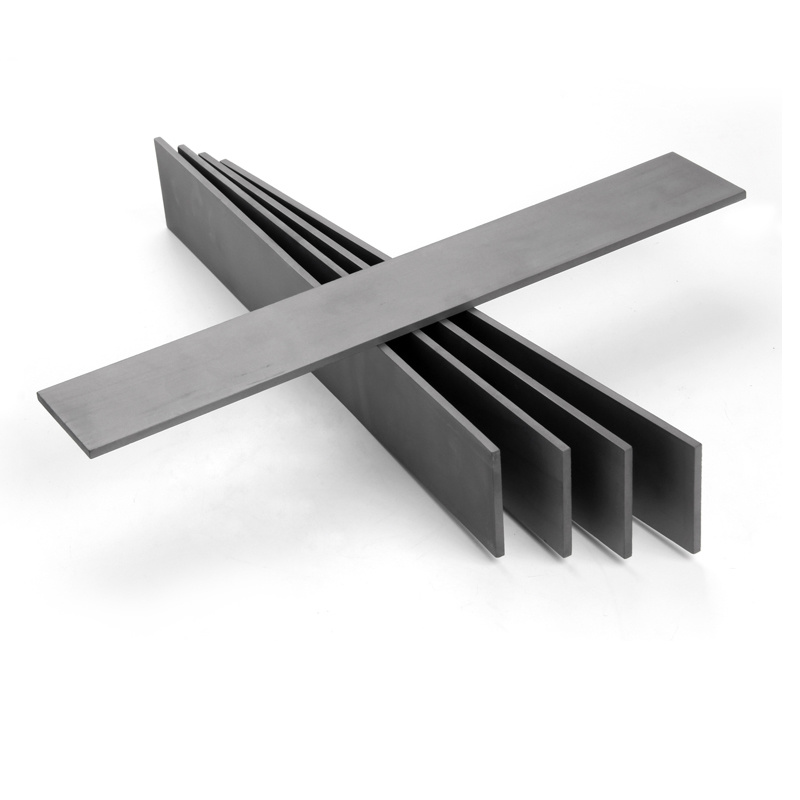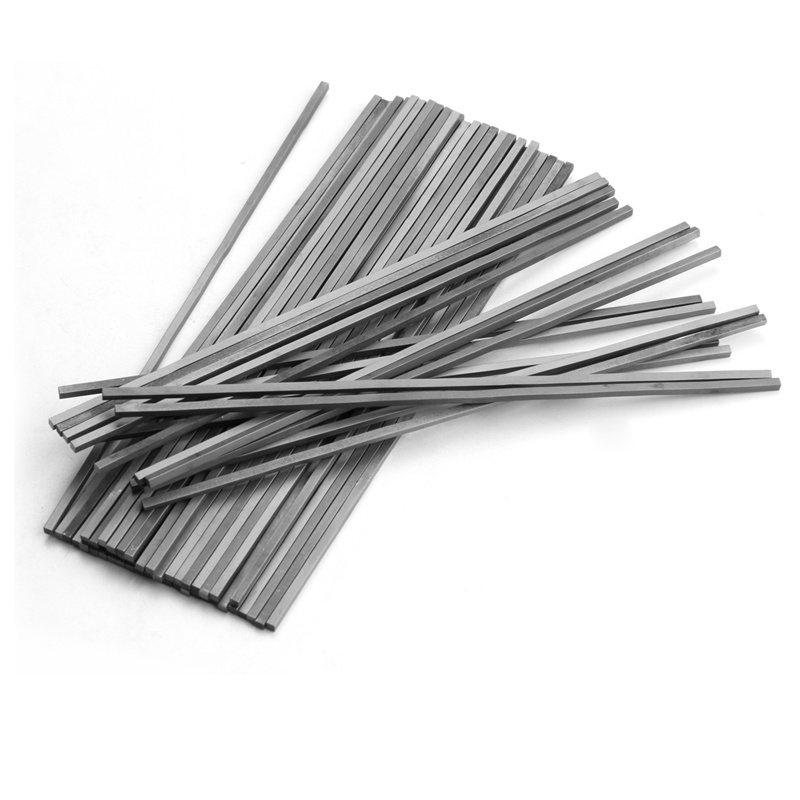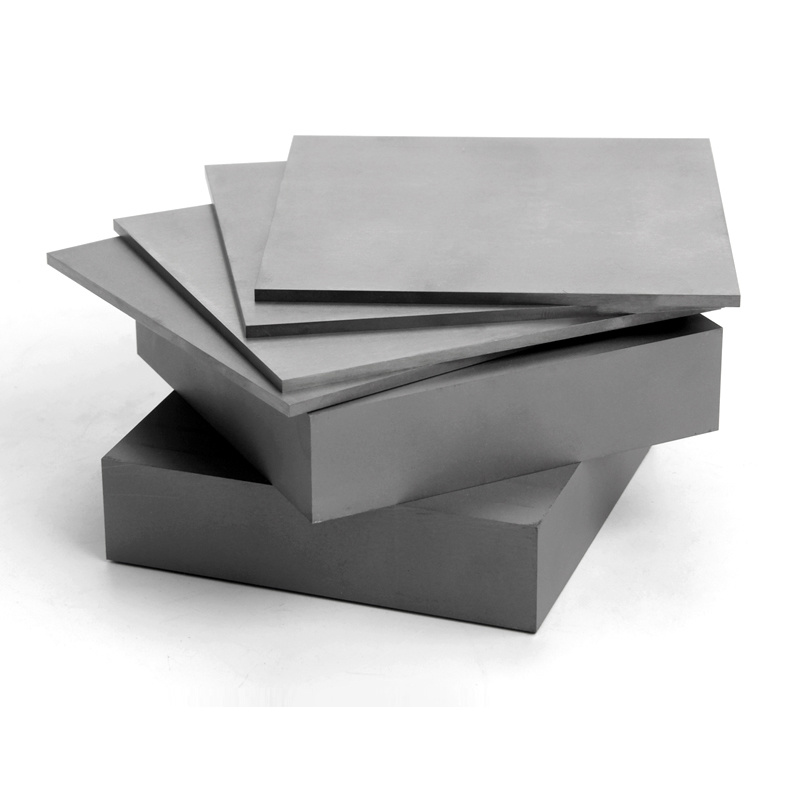



Tungsten Carbide floating plugs Used for forming metal tubes
Key words:
hard metal
Classification:
Cold heading die
- 产品描述
-
- Commodity name: Tungsten Carbide floating plugs Used for forming metal tubes
- Commodity ID: 1310963815415435264
Tungsten Carbide Floating Plug Dies are mainly used for drawing copper, they work together with the tube drawing dies. With the friction and the deformation between the dies and copper tube, carbide float dies are not fixed in the tube and that is why it is called as carbide floating die.

Feature:
Tungsten Carbide Floating Plug Dies are mainly used for drawing copper, they work together with the tube drawing dies. With the friction and the deformation between the dies and copper tube, carbide float dies are not fixed in the tube and that is why it is called as carbide floating die.
Our carbide float die can draw copper pipe more than 1000 meters long.Carbide plugs control the inner size of the pipe and the tube drawing die controls the outer size.
We can make all types of floating plugs, including solid carbide plugs, capillary plugs or semi-floating plugs according to
customer specifications.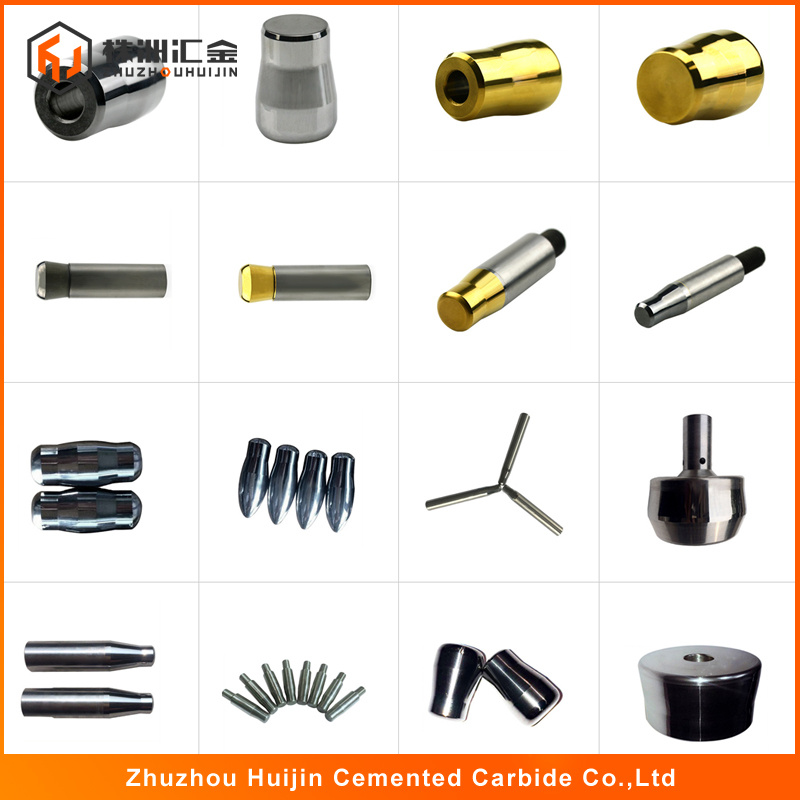
Production process and finishing of cemented carbide:
1. 100% fresh material with strict inspection.
2.Preparative mixture: The raw materials would be fully blended together with ball milling machine, makes the powder ingredients homogenize,
to obtain corresponding mixture particle size .
3.Spray drying:With high purity nitrogen protection in a fully enclosed environment, the mixture oxygen is effectively reduced, material purity
is effectively guaranteed, material dirty are prevented. and the particles are fine and uniform with good fluidity to ensure dimensions
fluctuation small and better strength.
4.CIP: Using isostatic press, the defects are effectively stopped. Offering a good environment to get the blanks with uniform pressed density.
5. Degumming and pre-burning semi-inspection processing
6. HIP:The maximum sintering pressure can reach 100kg, eliminated the internal voids of alloy body effectively and get the high hardness and
high strength carbide blank with good densification.
7. Blank product inspection, processing
Precision Machining
Precision machining is a rigorous and complex process which is widely used in the processing of various mechanical parts. Conventional processing cannot produce high-precision products. More and more customers are requiring high-precision products which makes precision machining as a must-have production capability. Huijin carbide integrates the production and Precision Machining of tungsten carbide products. We equipped with an experienced machining engineering technical team to provide strong technical support for precision machining.
There are many kinds of machining methods for carbide precision machining. Such as EDM, slow wire cutting, CNC milling, CNC lathe processing, etc. Huijin carbide specializing in deep processing hard alloy precision molds, wear parts, valve, valve seats, sealing rings and other high precision, thread, special materials, eccentric holes, elbows, special shapes and complex geometric parts.
Advanced analysis and testing equipment
Huijin is equipped with advanced analysis and testing equipment, such as: carbon sulfur analyzer, TRS tester, metallographic microscope, coercivity tester, cobalt magnetic tester, Rockwell hardness tester, Vickers hardness tester, drop tester, micrometer , roundness tester, ultrasonic scanner, etc., each process can be effectively monitored to ensure the qualified rate of products.
Raw material inspection: use a carbon-sulfur analyzer to determine the chemical composition of tungsten carbide powder is qualified.
After sintering, use the instrument to test the material: test the TRS, microstructure, cobalt content, hardness of the material, cemented carbide rod and drop test to ensure that there is no intermediate defect inside the material, cemented carbide mold blank, add ultrasonic scanner to avoid sand Hole inside the blank.
Manual material inspection after sintering: Visual inspection of material defects by skilled workers, including carburization and decarburization, surface sand holes, small cracks.
Dimensional check after sintering: Check dimensions with a micrometer, and for carbide rods, add roundness test.
Key words:- Tungsten Carbide Floating Plug Dies
- OEM Carbide Floating Plug Dies
- Carbide Floating Plug
Previous Page
Next Page
Previous Page
Next Page
Product inquiry
Note: Please leave your contact information and our professionals will contact you as soon as possible!



